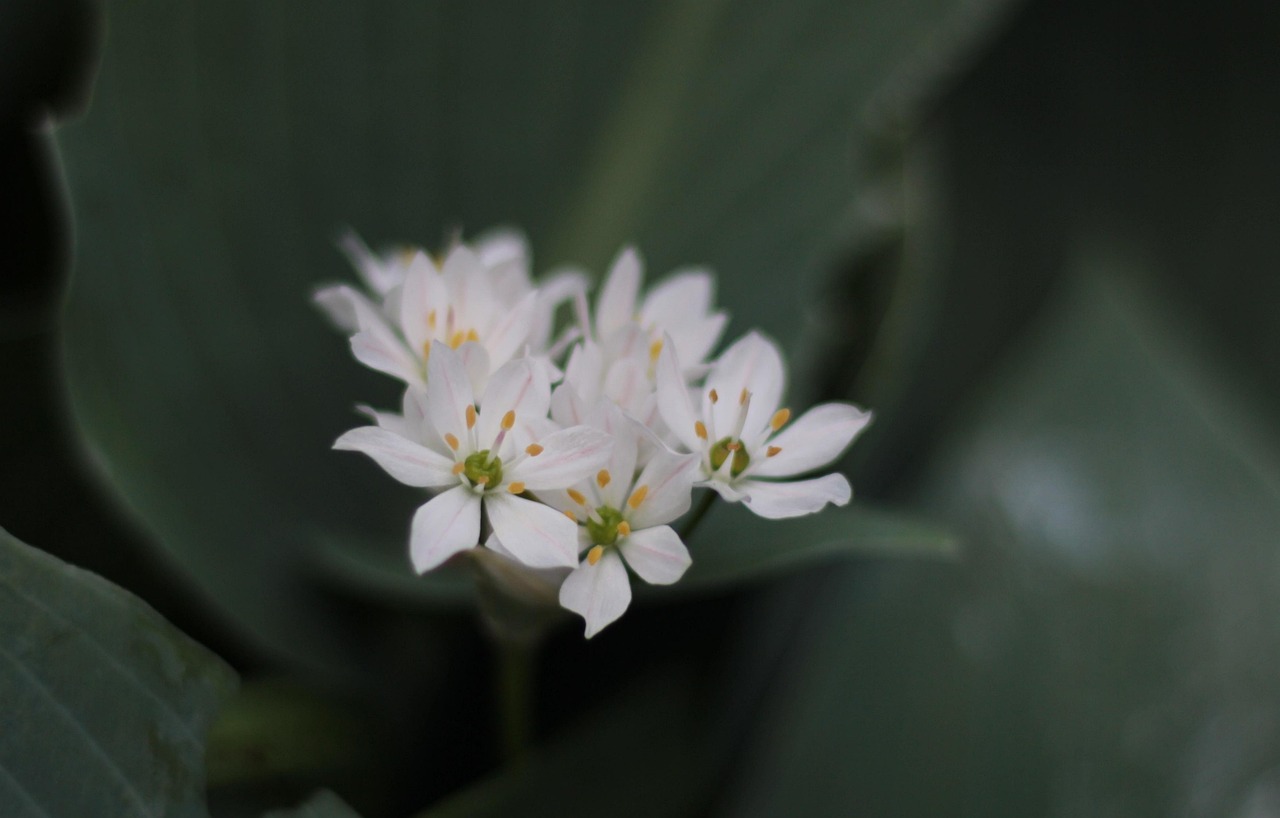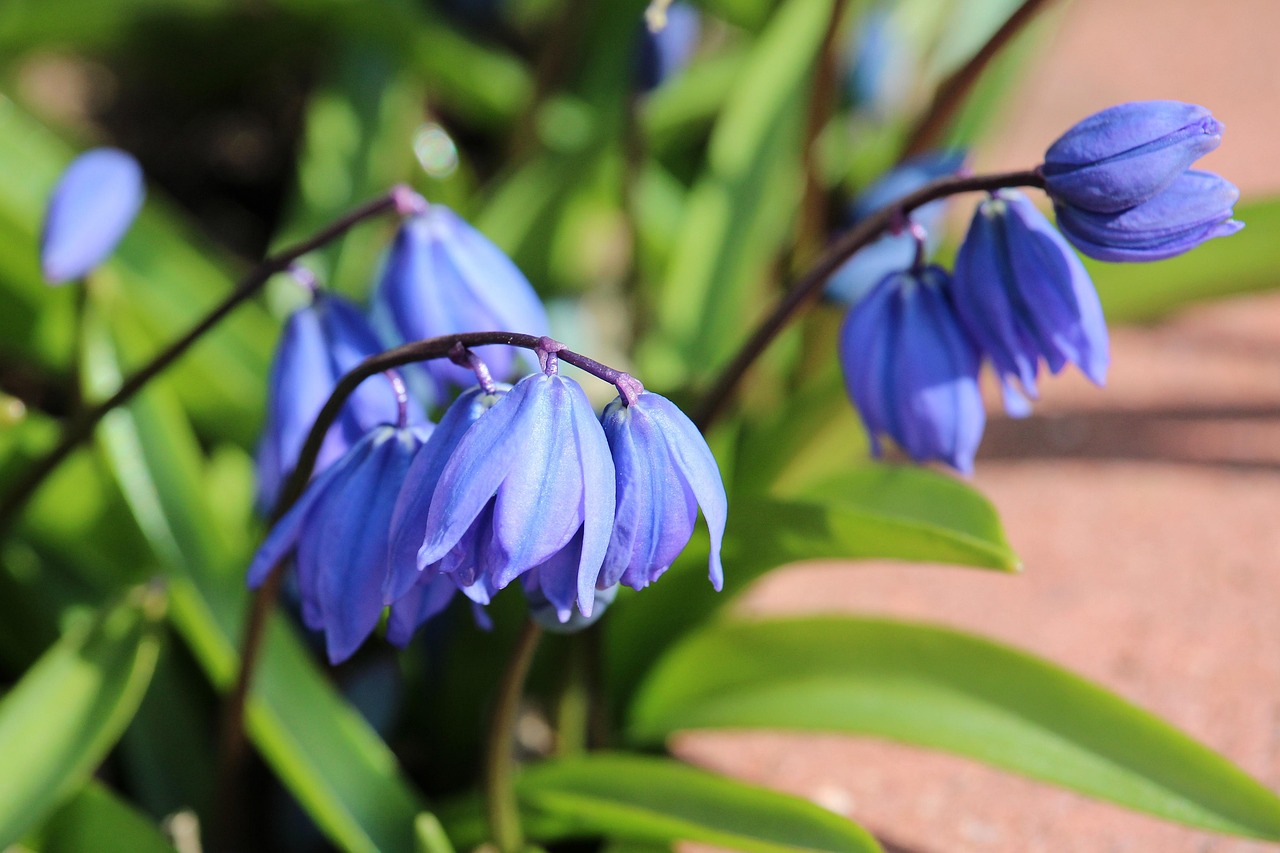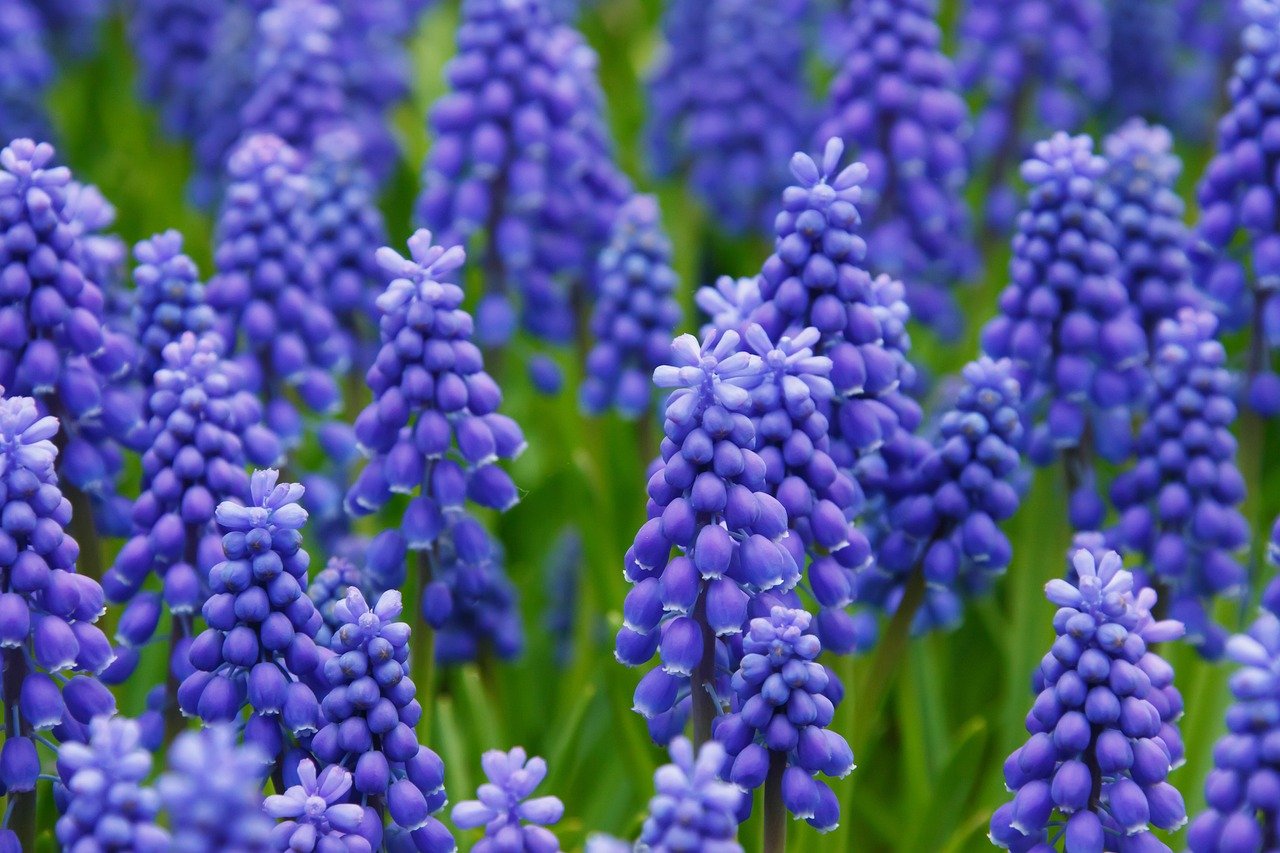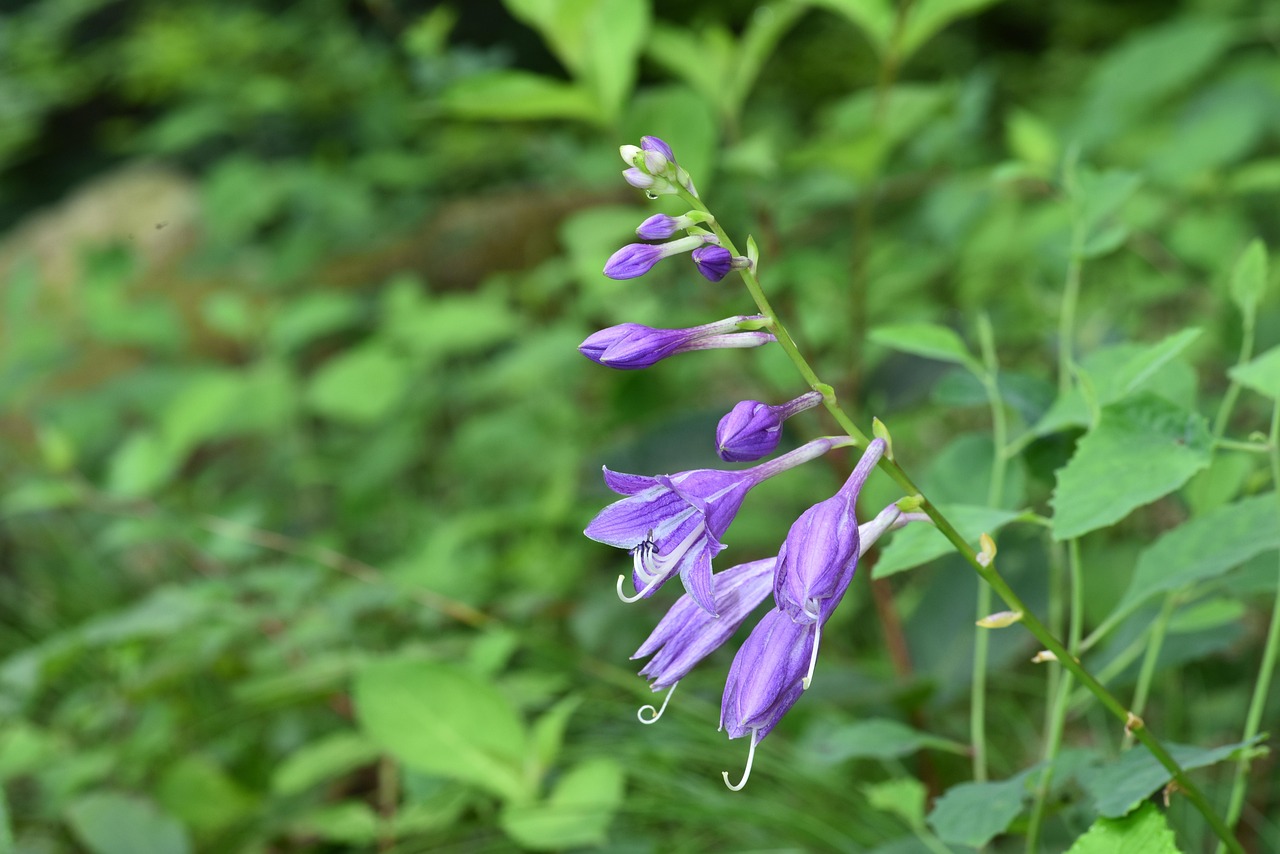Liriope | An Elegant Flower Breathing Life into the Japanese Garden
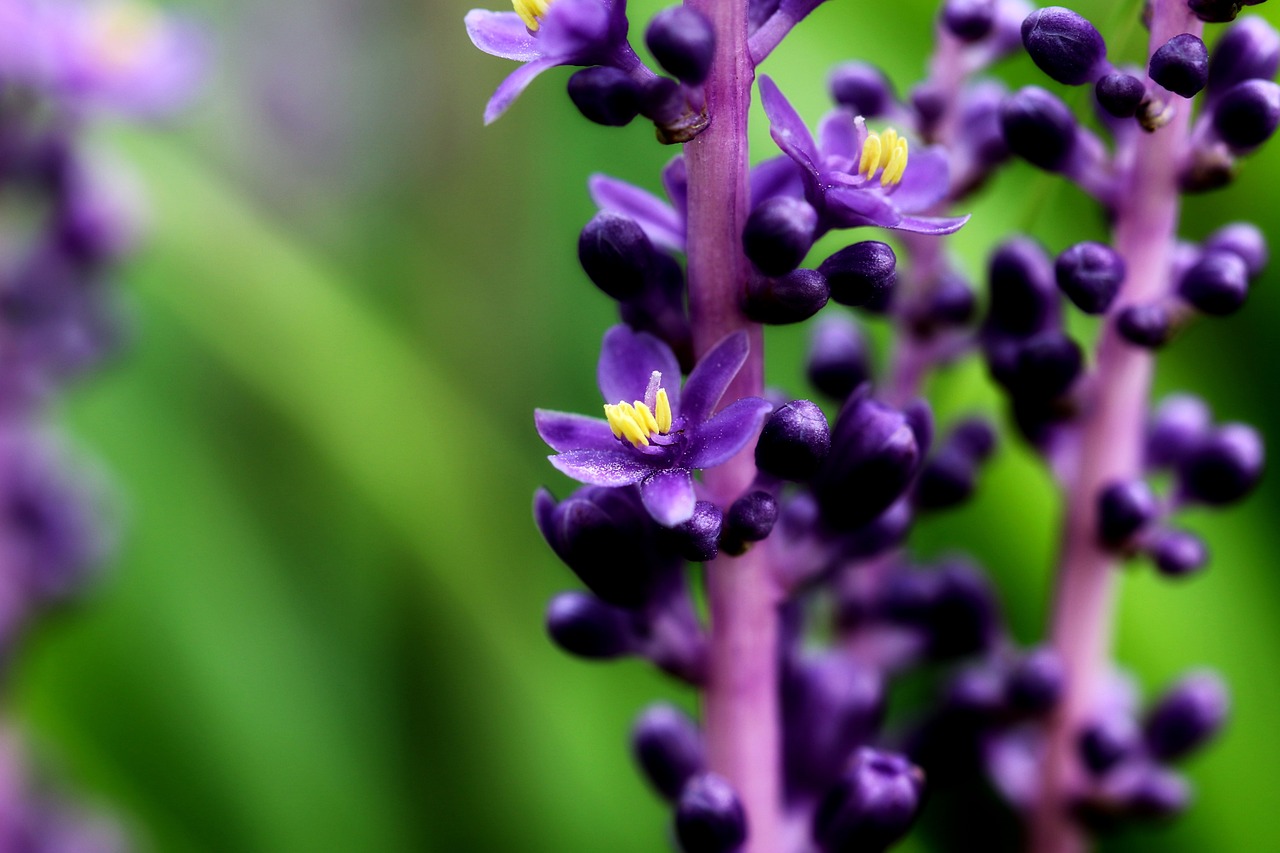
Liriope is a perennial plant widely distributed across Asia, including Japan. Its striking contrast between the small purple flowers and vibrant leaves makes it a beautiful addition to any landscape.
Because it thrives even in shaded areas, it is often used as ground cover in gardens, providing greenery throughout the four seasons.
In this article, I will explain in detail the basic information, cultural significance, history, and cultivation methods of Liriope.
Basic Information
- Scientific name: Liriope muscari
- Family: Asparagaceae
- Origin: East Asia (Japan, China, Korean Peninsula)
- Appearance: Slender, arching leaves with flower stalks rising between them, bearing small purple or pale blue flowers from summer to autumn. In late autumn, it produces distinctive black berries.
- Blooming season: Summer to autumn
Cultural Significance Around the World
Liriope has long been used as a decorative plant in gardens and temples, especially across Asia.
In Japan, it has been incorporated into traditional gardens since ancient times, often planted between stepping stones and stone pavements. Because of its hardy nature, it has been regarded as a symbol of “unchanging vitality” and cherished as part of gardens designed in harmony with nature.
In China, Liriope has been admired not only as a garden plant but also as an elegant subject among scholars and poets. Its slender and graceful leaves create a calm and serene atmosphere, making it well-suited to spaces that value tranquility.
In Korea, it has been used in traditional rock gardens, playing an important role in recreating natural landscapes.
Historical Episodes
The history of Liriope is deeply intertwined with the garden cultures of Japan and China.
In Japan, it has been planted in gardens since the Heian period, adorning the estates of nobles and temple grounds.
During the Edo period, it spread to samurai residences and tea gardens, becoming established as a plant to enjoy the seasonal changes.
In the West, it was introduced in the 19th century and came to be used in shade gardens. Particularly in England, its graceful foliage was appreciated in natural-style gardens, and it began to be cultivated as an ornamental plant.
Today, Liriope is popular in urban areas of the United States and Europe as a highly shade-tolerant ground cover.
Gardening Advice
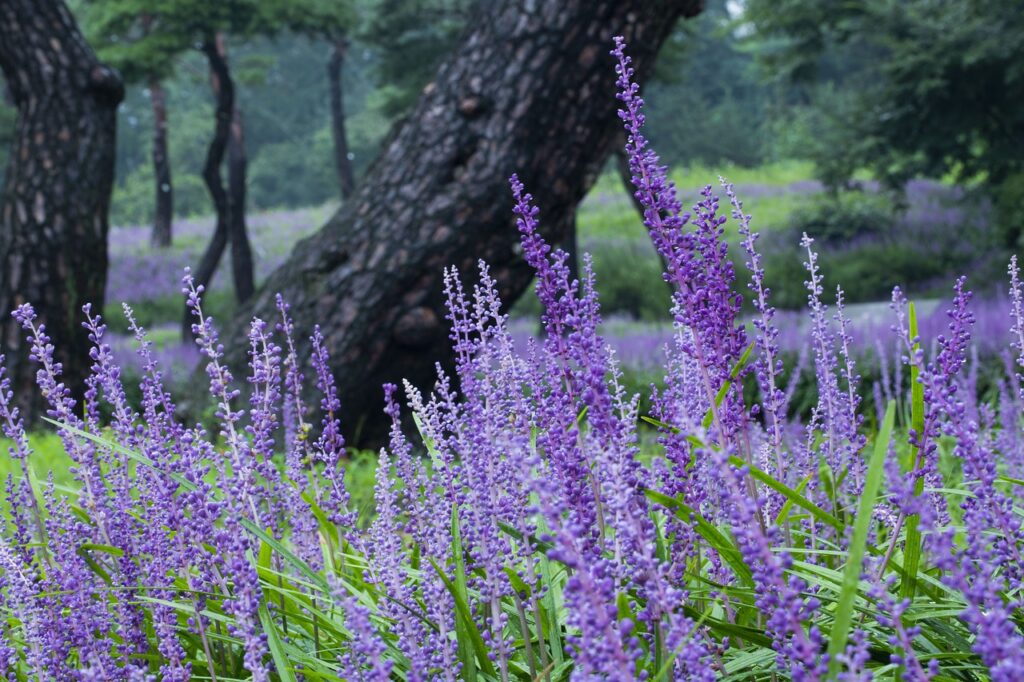
Liriope is relatively easy to care for and adapts well to a wide range of environments. Here are some tips to enjoy its beautiful leaves and flowers:
Light
Prefers partial to full shade, but moderate sunlight encourages better flowering.
Watering
Drought-tolerant, but watering during summer helps maintain the beauty of its leaves. Avoid excessive moisture.
Soil
Well-drained soil is ideal. Clay soil can be improved by mixing in compost or sand.
Fertilizer
Apply slow-release fertilizer in spring and autumn. Excess fertilizer may cause legginess.
Pruning
Remove dead leaves at the end of winter to allow new shoots to grow vigorously.
Cold hardiness
Relatively tolerant of cold, but in harsh climates, mulching provides additional protection.
Conclusion
Liriope is a plant widely distributed across East Asia and has been used as an ornamental feature in traditional gardens and temples.
In Japan, it has been part of gardens since the Heian period, while in China and Korea, it has also been valued as an elegant plant.
Since the 19th century, it has been introduced to the West, where it gained popularity as a ground cover for shade gardens.
With its resilience and adaptability, Liriope thrives even in shaded areas and is highly valued as a plant that maintains the beauty of gardens throughout the year. By incorporating it into a garden, one can create a calm and harmonious atmosphere.


